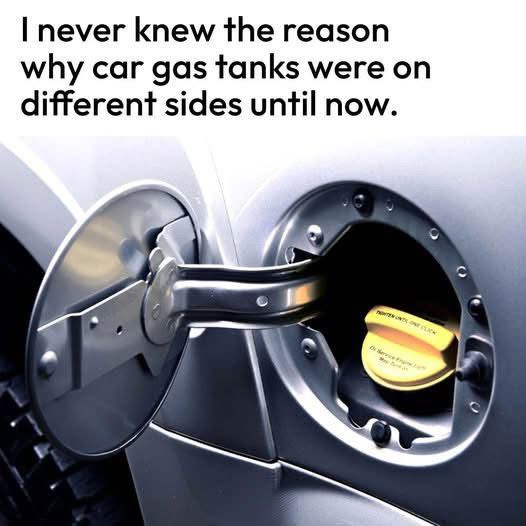Ever pulled up to the gas pump only to realize your fuel door is on the wrong side? That seemingly random placement actually follows careful engineering principles. Car manufacturers don’t just flip a coin when deciding which side gets the gas tank – they consider multiple technical factors that affect your driving experience.
Weight distribution plays a crucial role in this decision. Engineers strategically position the fuel tank to balance out other heavy components like the engine or battery. This careful placement improves handling and stability, especially in performance vehicles where every pound matters. The tank’s location also depends on what’s happening beneath your car – the maze of exhaust systems, suspension parts, and fuel lines that must all coexist in tight spaces.
Safety regulations heavily influence tank placement too. Manufacturers must position it away from typical impact zones to minimize fire risks during collisions. Even factory assembly logistics come into play, as easier installation can streamline production. While driver convenience gets some consideration (hence that handy arrow on your fuel gauge), it’s rarely the primary factor determining which side gets the tank.


